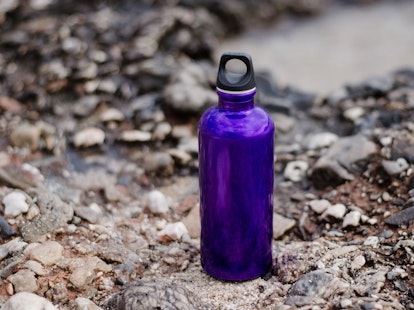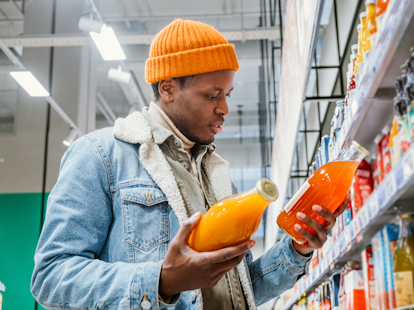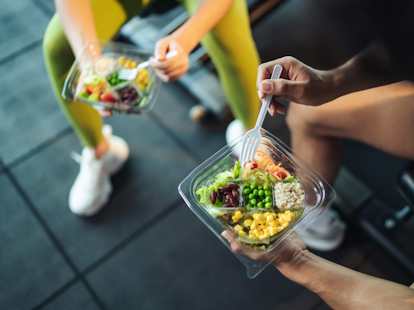Malaysia has informed the WTO of its intention to amend Regulation 28 to Food Regulations 1985 by including cooking ware into the scope of ceramic ware. Comments are accepted until May 30, 2020.
In Malaysia, food contact ceramics are regulated under Regulation 28 of the Food Regulations 1985. Under this law, food contact ceramic flatware, small hollowware (< 1.1L) and large hollowware (≥ 1.1L) are obliged to comply with, inter alia, the migration of lead and cadmium (Thirteenth Schedule (Regulation 28) to Food Regulations 1985), physical/performance characteristics and labeling requirements.
According to the definitions in the law, ceramicware is defined as any appliance or package of ceramic article which is used as food-ware, made of bone china, porcelain, vitrified china, earthenware including iron stoneware and stoneware that are used or intended to be used in the preparation, packaging, storage, delivery or exposure of food, for human consumption.
In March 2020, the World Trade Organization (WTO) circulated a proposal from Malaysia announcing its intention to expand the scope of lead and cadmium restrictions in ceramicware to include ceramic cooking ware under Regulation 28 of the Food Regulations 1985. The draft amendment, attached to WTO document number 20-2546 and notified under G/SPS/N/MYS/44, contains two important changes:
- Creating the new section 28(2) to Regulation 28 of the Food Regulations 1985 by providing a definition for cooking ware – any ceramicware which is intended to be heated by conventional thermal methods or microwaves
- Amending the Thirteenth Schedule for the permissible migration limits for lead and cadmium in these products (see Table 1)
According to the WTO notification, the final date for comments is May 30, 2020.
Highlights of the migration requirements for lead and cadmium in ceramic cooking ware are summarized in Table 1.
| WTO DOCUMENT NO. 20-2546, MARCH 31, 2020 AMENDMENT OF THIRTEENTH SCHEDULE: MAXIMUM PERMITTED PROPORTION OF LEAD AND CADMIUM RELEASE | |||
|---|---|---|---|
| Type of ceramicware | No. of specimens | Migration requirement for all specimens | |
| Lead | Cadmium | ||
| Cooking ware | 4* | ≤ 0.5 mg/L | ≤ 0.05 mg/L |
| *Identical in size, shape, color and decoration | |||
Table 1
In 2017, Malaysia amended the migration limits for cadmium to become less stringent for food contact ceramic small hollowware and large hollowware.
SGS technical experts have extensive knowledge and testing experience in materials and articles in contact with food. They work to ensure that your products meet the appropriate regulations for food contact materials and pave the way for compliance. From overall migration test to expert advices on emerging regulations and compliance issues and documentation review, SGS is the partner to trust. Please do not hesitate to contact us for further information or visit our website.
For enquiries, please contact:
Hingwo Tsang
Global Information and Innovation Manager
t: (+852) 2774 7420
© SGS Group Management SA - 2020 - All rights reserved - SGS is a registered trademark of SGS Group Management SA. This is a publication of SGS, except for 3rd parties’ contents submitted or licensed for use by SGS. SGS neither endorses nor disapproves said 3rd parties contents. This publication is intended to provide technical information and shall not be considered an exhaustive treatment of any subject treated. It is strictly educational and does not replace any legal requirements or applicable regulations. It is not intended to constitute consulting or professional advice. The information contained herein is provided “as is” and SGS does not warrant that it will be error-free or will meet any particular criteria of performance or quality. Do not quote or refer any information herein without SGS’ prior written consent.



